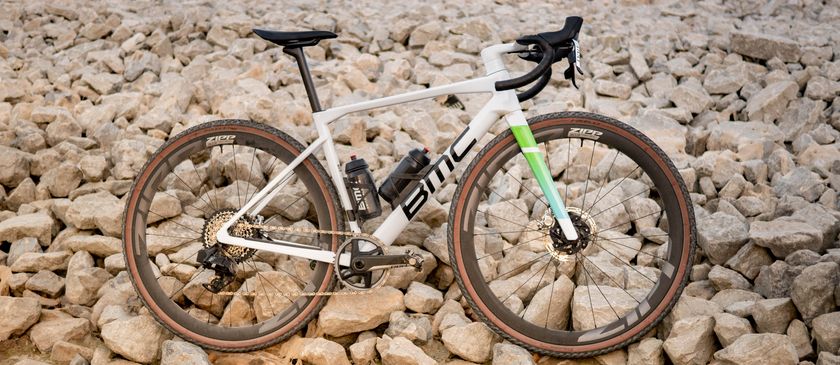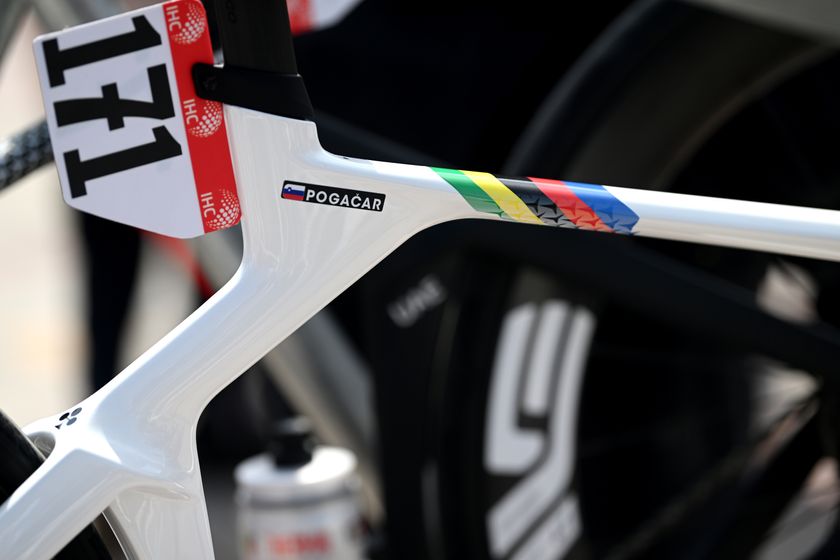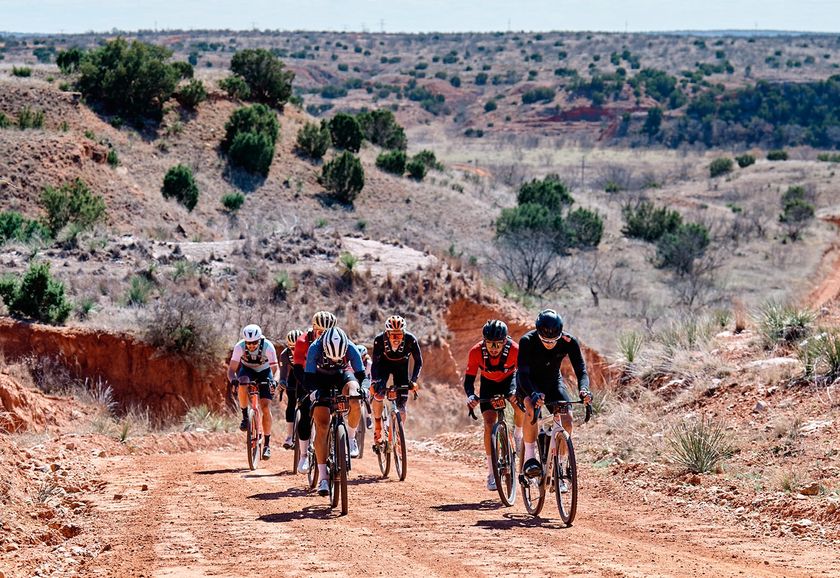Tires of the Tour de France
A breakdown of the brands, the widths, the pressures and the stage wins












The article first appeared on BikeRadar.
As of Friday, four of the six road stages thus far in the 2017 Tour de France have been won on 26mm tubulars. While 23mm was the pro standard not so long ago, this year 20 teams are using 25mm tires for non-time trial stages, and the other two Specialized-sponsored teams are using 26mm rubber.
Continental remains supreme in the Tour peloton, with nine of the 22 squads racing on Competition Pro LTD tubulars. Vittoria has reasserted itself, with six teams. And after Specialized with two, the remainder of the tire brands represented — Challenge, Mavic, Hutchinson, Schwalbe and Kenda — each have a single team.
As for stage wins, Specialized's 26mm rubber has taken four, thanks to the now-disqualified Peter Sagan capturing stage 3 and Marcel Kittel swooping up stages 2, 6 and 7.
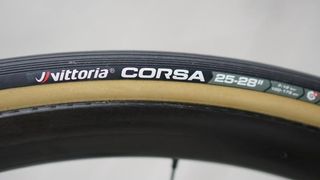
Vittoria is enjoying a resurgence in the pro peloton with its 25mm Corsa tubular
While it is obviously the riders' ability winning the stages and not the tires, there is something to be said in terms of rolling resistance for a slightly wider tire.
26mm FTW
Specialized integrated technologies director Chris Yu said it took some convincing initially for the WorldTour teams to get on board with relatively wider tires.
Get The Leadout Newsletter
The latest race content, interviews, features, reviews and expert buying guides, direct to your inbox!
"For us, two seasons ago there were a limited number of riders on [26mm tires] outside of the classics," Yu said. "But last year, after doing their own testing, they were fully in."
Two years ago Specialized presented their teams with rolling resistance data on various tire widths; wider was faster. This conclusion has been tested and proven by multiple sources, including a Wheel Energy lab test on clincher and tubeless tires commissioned by BikeRadar.
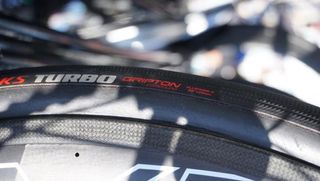
Peter Sagan won stage 3 on Specialized S-Works Turbo Allround 3 26mm tubulars
Some riders found that wider tires also felt better, whether for a bit more comfort or for more grip.
The primary downside was a little additional rotational weight. Aerodynamics was another concern, although one that has largely been addressed by wide rims designed for 25mm tires.
In 2017, the 25mm tubular is the standard for the Tour peloton.
Soft or hard or who cares?
Some riders obsess about air pressure. Others don't even bother to check.
While air pressure usually varies by riders' weight, most Tour competitors race on something between 6.5 and 8 bar (94-116psi). When it rains, they'll go lower.
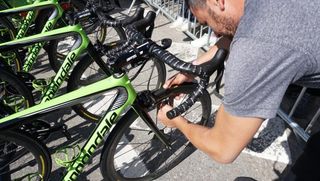
All but two Cannondale-Drapac riders use the same 7/7.5 bar air pressure
Cannondale-Drapac is a good example of the peloton at large: seven of the squad's nine Tour riders all have the same pressure 7 bar in the front, and 7.5 bar in the rear (102 and 109 psi). Only Andrew Talansky (6.5 / 94 front, 6.7 / 102 rear) and Simon Clarke (8 / 116 front and rear) specify something different.
"I know the trend is for soft right now, but I like rigid," Clarke said. "I'll lower it to 7, 7.5 if it rains. But I'm not one of those guys who hits the panic button if it starts to rain and I'm on my normal high pressure."
Tubular count by team at the 2017 Tour de France
Here is the list of branded tires being used at the Tour de France. Please note, this list is just for how the tires are labeled, not by manufacturer. For instance, Mavic's tires are made by Hutchinson. And Kenda, which certainly does make many of its own tires, does make the SC that Cofidis uses; that is a Veloflex model.
- Continental Competition Pro Limited - 9 - 25mm
- Vittoria Corsa - 6 - 25mm
- Specialized S-Works Turbo Allroad 3 - 2 - 26mm
- Challenge Strada - 1 - 25mm
- Mavic Yksion Grip Link - 1 - 25mm
- Schwalbe Pro One HT - 1 - 25mm
- Hutchinson Pro Tour Super Light - 1 - 25mm
- Kenda SC - 1 - 25mm
Notably absent from the Tour peloton is tire giant Michelin.
Click through the gallery above for a look at each of the tires in use at this year's Tour de France.
Most Popular


